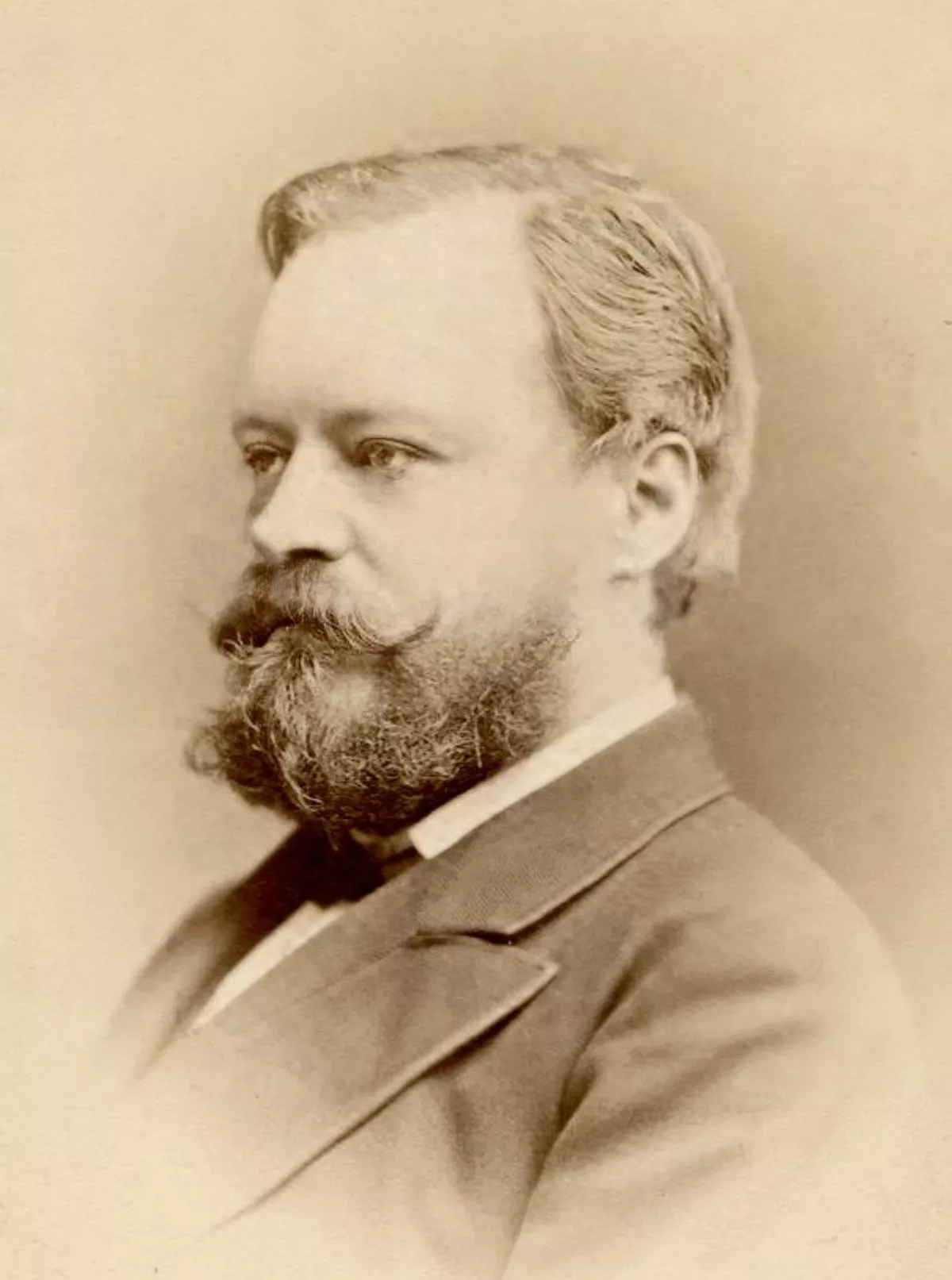 1.
1. Harry Govier Seeley was a British paleontologist.

 1.
1. Harry Govier Seeley was a British paleontologist.
When his father was declared bankrupt, Harry Seeley was sent to live with a family of piano makers.
Harry Seeley attended lectures at the Royal School of Mines by Thomas Henry Huxley, Edward Forbes, and other notable scientists.
In 1855, with the support of his uncle, Harry Seeley began to study law but shortly gave it up to pursue a career as an actuary.
Harry Seeley worked in the library of the British Museum, where Samuel Pickworth Woodward encouraged him to study geology.
In 1859, Harry Seeley began studies at Sidney Sussex College, Cambridge, and worked as an assistant for Adam Sedgwick at the Woodwardian Museum.
Harry Seeley helped curate the museum's fossil collection and began field studies on the local geology.
Harry Seeley graduated from Sidney Sussex College in 1863 and joined St John's in 1868 but never took a degree.
Harry Seeley turned down positions both with the British Museum and the Geological Survey of Britain to work on his own.
Harry Seeley was later Lecturer on Geology and Physiology at Dulwich College and Professor of Geology and Mineralogy at King's College London.
Harry Seeley died in Kensington, London and was buried in Brookwood Cemetery.
Harry Seeley had married in 1872 Eleanora Jane, daughter of William Mitchell of Bath.
Harry Seeley determined that dinosaurs fell into two great groups, the Saurischia and the Ornithischia, based on the nature of their pelvic bones and joints.
Harry Seeley published his results in 1888, from a lecture he had delivered the previous year.
Harry Seeley's division has stood the test of time, though the birds have subsequently been found to descend, not from the "bird-hipped" Ornithischia, but from the "lizard-hipped" Saurischia.
Harry Seeley found the two groups so distinct that he argued for separate origins: not until the 1980s did new techniques of cladistic analysis show that both groups of dinosaurs really did have common ancestors in the Triassic.
Harry Seeley described and named numerous dinosaurs from their fossils in the course of his career.
Harry Seeley was elected a Fellow of the Royal Society in June 1879 for his work on reptiles and dinosaurs, and delivered their Croonian Lecture in 1887.